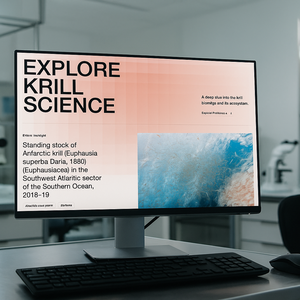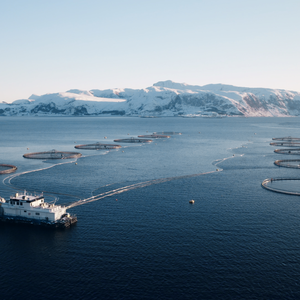Scottish Sea Farms is seeing one of its current crops outperform all previous years following the introduction of new anti-sea lice shields.
The new shields are the latest in a series of proactive, preventative measures by the company to enhance the health and welfare of the salmon under its care.
Specially engineered to suit Scottish marine conditions, each shield consists of a permeable fabric that lets water and oxygen move freely into fish pens whilst keeping natural health threats out. This fabric fully encases the pen to a depth of 6m, providing a barrier against sea lice which are most commonly found in the first few meters below the water’s surface.
The new shields were first introduced at the company’s farm at Slocka, Ronas Voe on Shetland in May 2017. In the nine months since, sea lice levels have successfully remained below the Marine Scotland Code of Good Practice threshold, and the salmon are showing strong growth and biological performance.
The shields have been so effective that Scottish Sea Farms has now invested over £800,000 with two Scottish suppliers, William Milne Tarpaulins in Aberdeen and W&J Knox in Ayrshire, in order to roll-out similar protection to 11 of its other farms.
The company is also working with neighboring salmon growers to synchronise use of the shields, as part of a farm management agreement for those same areas.
“We strive, wherever possible, to replicate the natural conditions that salmon are known to thrive in,\" commented Jim Gallagher, Managing Director of Scottish Sea Farms. \"As any farmer will understand however, this comes with its own risks as the marine environment presents new challenges all the time. We are continually exploring and investing in new ways of dealing with these challenges, and it’s hugely encouraging to see positive early results such as these at our trial project in Shetland.”
This latest advance is part of a wider £11.8m investment in 2017 by the company to enhance the health and welfare of its salmon – over 85% of which is being spent on non-medicinal approaches. In turn, the need to administer medicines has significantly reduced, with six of the company’s farms requiring no sea lice interventions at all during 2017.










